Consumer film, often film photographers of a certain type will turn their nose up at them, but as someone who started their film journey on consumer film processed in the local 1-hour lab, going bachồng khổng lồ review these films is a bit of a throwbaông xã. Like all modern consumer films from Kodak, Ultramax traces its heritage baông xã lớn the original Kodacolor film. The original Kodacolor saw production from 1924 lớn 1963. In 1963, the updated Kodacolor-X increased the film tốc độ from ASA-25 khổng lồ ASA-64, both these early offerings using the C-22 process, Kodak discontinued Kodacolor-X in 1974. In 1972 Kodak released a new version, Kodacolor II that saw an improved tốc độ of ASA-80 and used the new C-41 processing method. By 1975 the speed had again improved to ASA-100 và Kodak released their first ASA-400 colour negative sầu film, called Kodacolor 400, in 1977. In 1982 with the release of Kodak’s T-Grain công nghệ, Kodacolor 400 VR replaced the original Kodacolor 400. This was updated again to lớn VR-G in 1986. At some point, the Kodacolor name would be dropped & the name Gold was added lớn all consumer films. When I first started shooting Kodak film, the 400-speed film was labelled as Kodak Max 400. I’m unsure when it was changed to lớn Ultramax, but certainly, after I had stopped shooting colour consumer film. To be honest, Ultramax often was out of my price range initially. I usually went for rebranded Fuji Superia. Kodak Ultramax 400 would come along through several PYPS & early Urban Exploration adventures before digital became my standard camera choice. And my film choices went towards black & trắng rather than colour. So maybe Ultramax was the film that made me choose blachồng & white? But that would be an unfair statement, Ultramax is an excellent choice of film. While it’s no Portra 400, it offers up an excellent colour palette, sharpness và fine grain. Like last month’s Review, I again shot Ultramax at three different speeds, 200, 400, and 800. Then got them all processed normally through Burlington Camera.
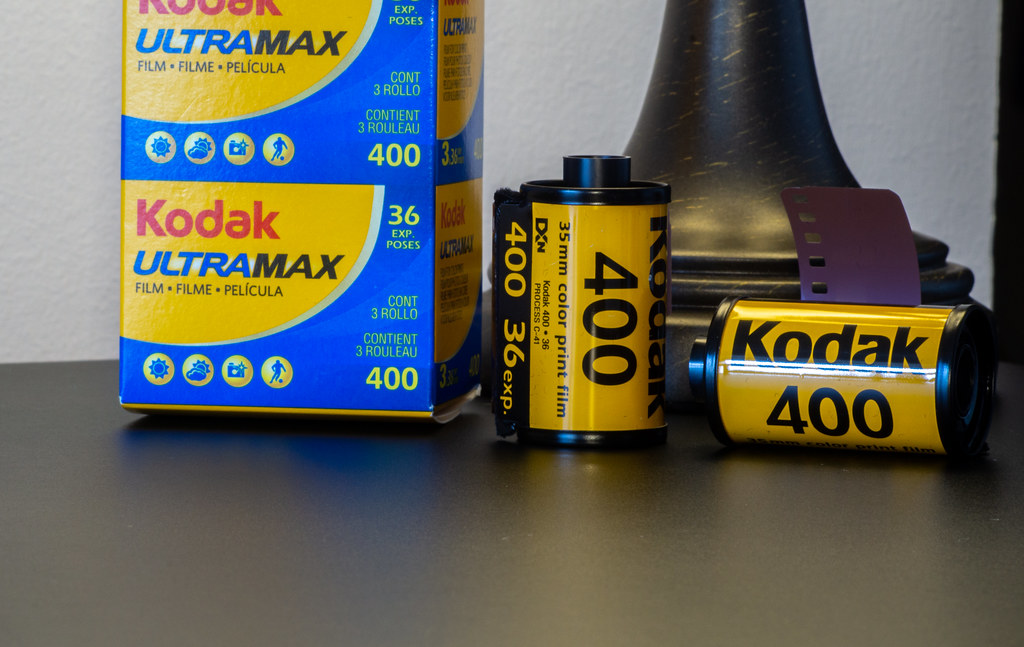
Film SpecsType: Colour Negative sầu (C-41)Film Base: AcetateFilm Speed: ASA-400 Latitude +/- one-stopFormats Available: 135
Colour RenditionThe one thing you will notice about Ultramax is the colours, they’re rich, vibrant, & on point. They have that classic Kodak Gold look to them, and they change wonderfully as you push and pull the film when shooting. At ASA-400, the colours are clean, true lớn life, but not overly saturated. When you pull the film one stop they soften, not to lớn the point of pastel, but you thất bại a bit of that contrast và it actually makes them more pleasing than say Kodak Gold 200. But my personal favourite is the one-stop underexposure (ASA-800), you gain a lot of contrast but the colour saturation is blown through the roof, they become that rich deep tones. The colour temperature seems fairly neutral and adapting to lớn whatever the light you’re shooting.
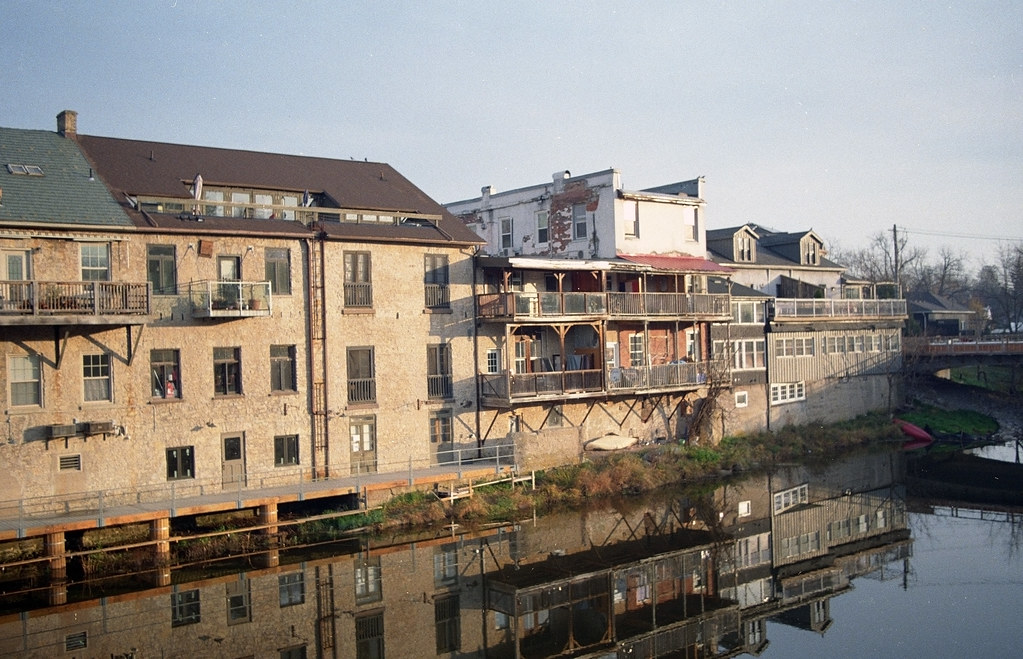
Bạn đang xem: Kodak ultramax 400 đánh giá
ASA-200 – Processing By: Burlington Camera
ASA-200 – Processing By: Burlington Camera

ASA-200 – Processing By: Burlington Camera
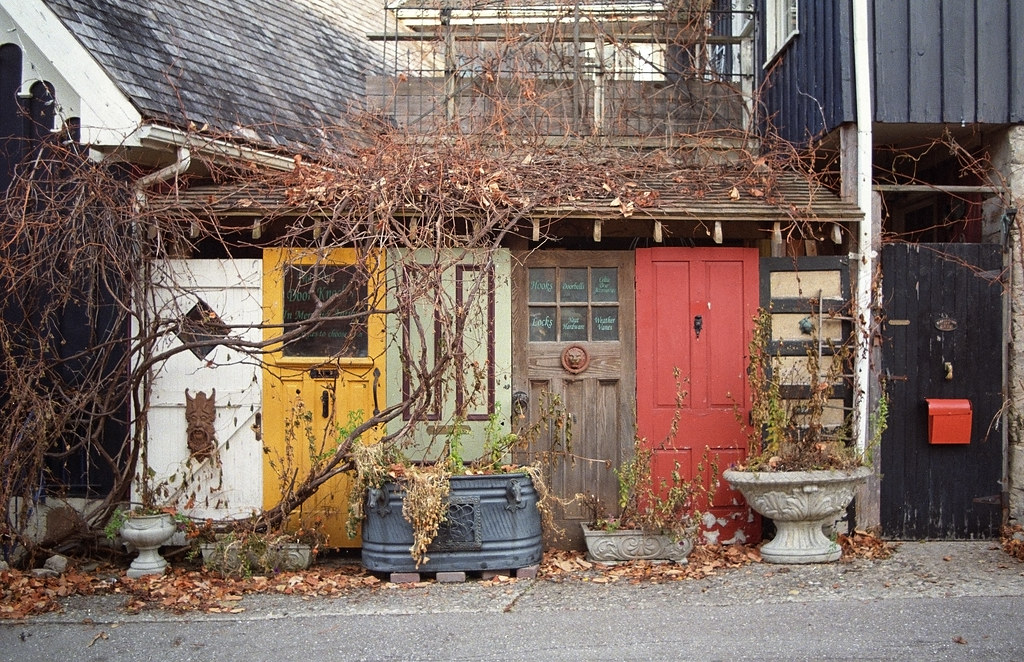
ASA-200 – Processing By: Burlington Camera
Image QualityThe one thing that you’ll notice with Ultramax is the excellent image quality which is saying something for a consumer film. I’m going khổng lồ guess that a lot of the same công nghệ that went into the modern Portra line of films goes into consumer films lượt thích Ultramax. While the grain isn’t as fine as Portra 400, but it’s not a bad grain either. With the one-stop pull, the grain becomes far less noticeable and even at 800, the grain is fairly pleasing. The funny part is that I found the grain at its worst when shot at ASA-400 but it could also have been the conditions being less than ikhuyến mãi. Throughout all my tests the one thing that the film never lost was the sharpness in the images. And as I mentioned earlier the colours are excellent no matter what speed you shoot.
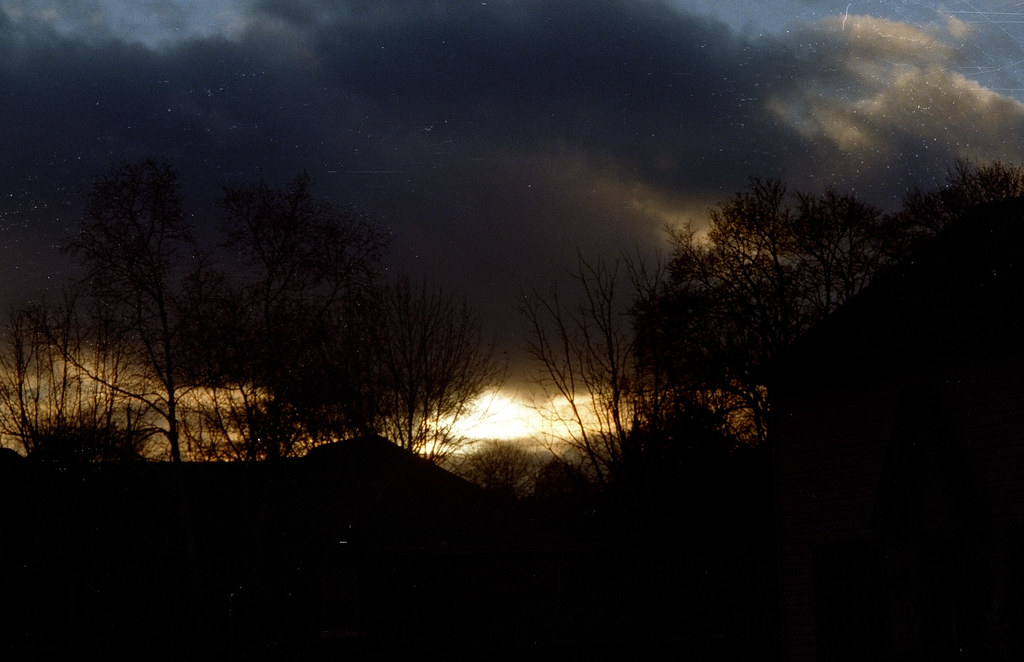
ASA-400 – Processing By: Burlington Camera

ASA-400 – Processing By: Burlington Camera
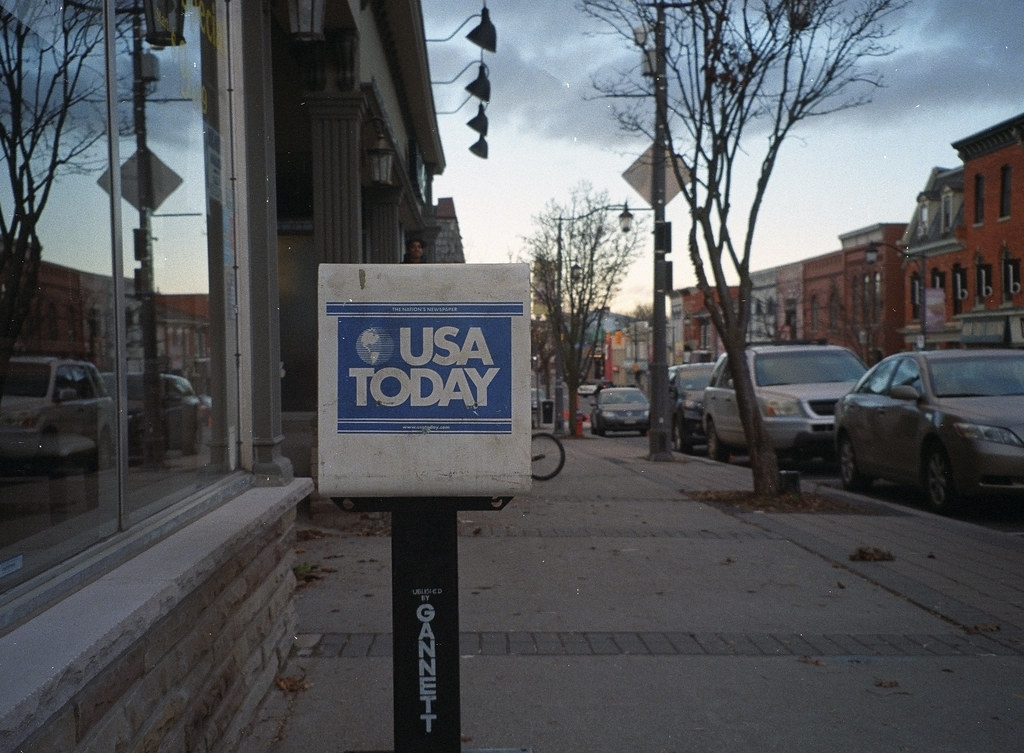
ASA-400 – Processing By: Burlington Camera

ASA-400 – Processing By: Burlington Camera
ScanningFor a colour film, I found the scanning process fairly easy. While I did not use my Epson V700 for the process & stuông xã with the Nikon Coolscan V ED which I find handles colour films far easier with the Nikon Scan software than Epson’s software. Most colours were well maintained with little adjustments were needed in post-production along with levels. The one thing that I did note in all the scans is the high amount of chromatic aberration and colour noise in the images. Thankfully, the noise reduction filter in Adobe Photosiêu thị made easy work & removed it without damaging the image chất lượng overall or softening the images.

ASA-800 – Processing By: Burlington Camera

Xem thêm: Cách Tự Làm Trà Hoa Hồng - Uống Trà Hoa Hồng Có Tác Dụng Gì
ASA-800 – Processing By: Burlington Camera
ASA-800 – Processing By: Burlington Camera
